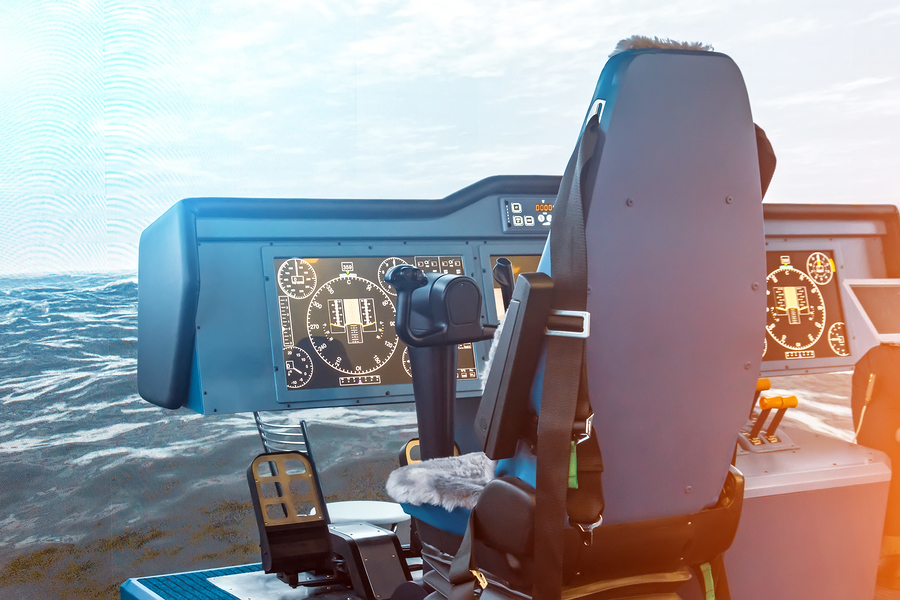Recent Posts
Introduction To The NMEA 2000 Marine Networking Standard
Posted by on

NMEA 2000 is a marine networking standard created and administered by the National Marine Electronics Association (NMEA). The NMEA is an association of marine electronics manufacturers, dealers, and technicians.
The NMEA 2000 standard describes a low-cost, moderate capacity, bi-directional, multi-transmitter, multi-receiver instrument network. Typical data on a network using this standard include position latitude and longitude, GPS status, steering commands to autopilots, waypoint lists, wind sensor data, engine sensor data, depth sounder sensor data, and battery status data.
NMEA 2000 is the most consequent and straightforward adaptation of SAE J1939. NMEA 2000 is a modernized version and replacement of an older standard, NMEA 0183. It has a sinificantly higher data rate (250k bits/second vs. 4.8k bits/second for NMEA 0183). It also uses a binary message format as opposed to the ASCII serial communications protocol used by NMEA 0183. Another distinction between the two protocols is that NMEA 2000 is a multiple-talker, multiple-listener data network, whereas NMEA 0183 is a single-talker, multiple-listener serial communications protocol.
More Resources
- What is NMEA 2000? (PDF)...
- NMEA 2000 Explained (PDF)...
- The Basics of NMEA 2000 (Boating Magazine)...
- NMEA 2000 (Wikipedia)...
- NMEA 0183 vs. NMEA 2000...
- What is the Difference Between SAE J1939 and NMEA 2000?
PICAN-M - NMEA 0183 & NMEA 2000 HAT For Raspberry Pi
The PICAN-M (M = Marine) is a Raspberry Pi HAT with NMEA 0183 and NMEA 2000 connection. The NMEA 0183 (RS422) port is accessible via a 5-way screw terminal. The NMEA 2000 port is accessible via a Micro-C connector.
The board comes with a 3A SMPS (Switch Mode Power Supply), allowing to power the Raspberry Pi plus HAT from an onboard power source (12 VDC).
 Loading... Please wait...
Loading... Please wait...

